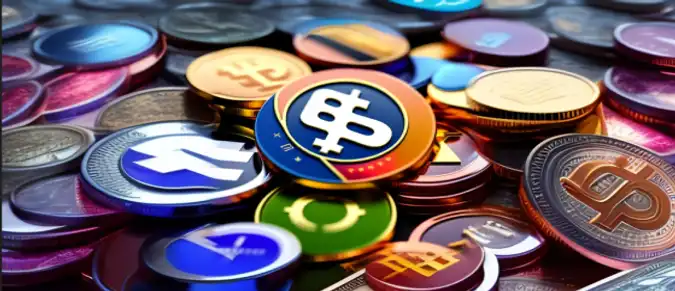Token allocation refers to the distribution of tokens or digital assets among different parties as part of a cryptocurrency or blockchain-based project. Token allocation is typically outlined in a project's whitepaper or tokenomics, which details how tokens will be distributed, including how many tokens will be issued, what percentage of tokens will be sold during an initial coin offering (ICO) or initial exchange offering (IEO), and how tokens will be distributed to team members, advisors, investors, and community members.
Token allocation is an important aspect of any cryptocurrency project, as it can have a significant impact on the value of the tokens and the success of the project. Properly allocating tokens can help to ensure that there is enough liquidity to support the project's ecosystem, incentivize stakeholders to contribute to the project's growth, and prevent a concentration of tokens in the hands of a few individuals or entities.
Token allocation works by distributing a predetermined number of tokens among different groups of stakeholders, including the project team, investors, advisors, and community members. The allocation of tokens is usually determined by the project's tokenomics or whitepaper, which outlines how the tokens will be distributed and what percentage of the total supply will be allocated to each group.
The token allocation process typically involves several steps, including:
-
Token creation: The project team creates a fixed number of tokens or digital assets that will be used to power the project's ecosystem.
-
Initial token distribution: The project team distributes a portion of the tokens to early investors, advisors, and community members through an ICO or IEO.
-
Reserve token allocation: A percentage of the total token supply is set aside for future development, community incentives, and other expenses.
-
Token release schedule: The project team establishes a release schedule for the remaining tokens to prevent price volatility and to ensure that there is enough liquidity to support the project's ecosystem.
-
Token vesting: Tokens allocated to team members and advisors may be subject to a vesting period, during which the tokens are released gradually over time.
Token allocation is an important aspect of any cryptocurrency project, as it can have a significant impact on the success of the project and the value of the tokens. Properly allocating tokens can help to ensure that there is enough liquidity to support the project's ecosystem, incentivize stakeholders to contribute to the project's growth, and prevent a concentration of tokens in the hands of a few individuals or entities.





